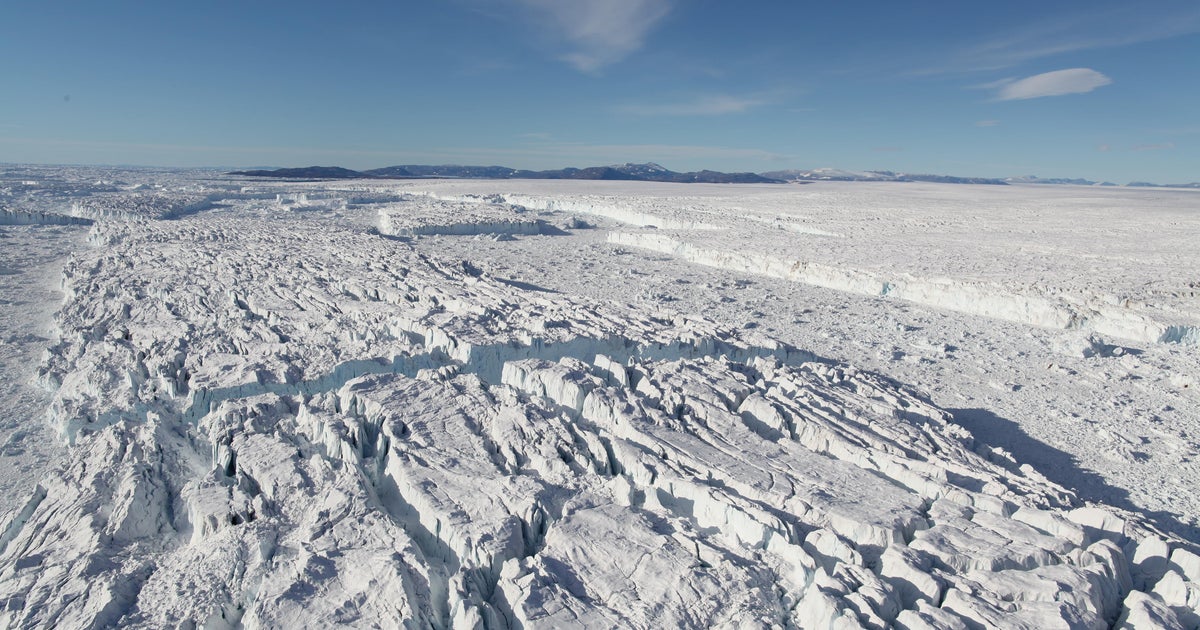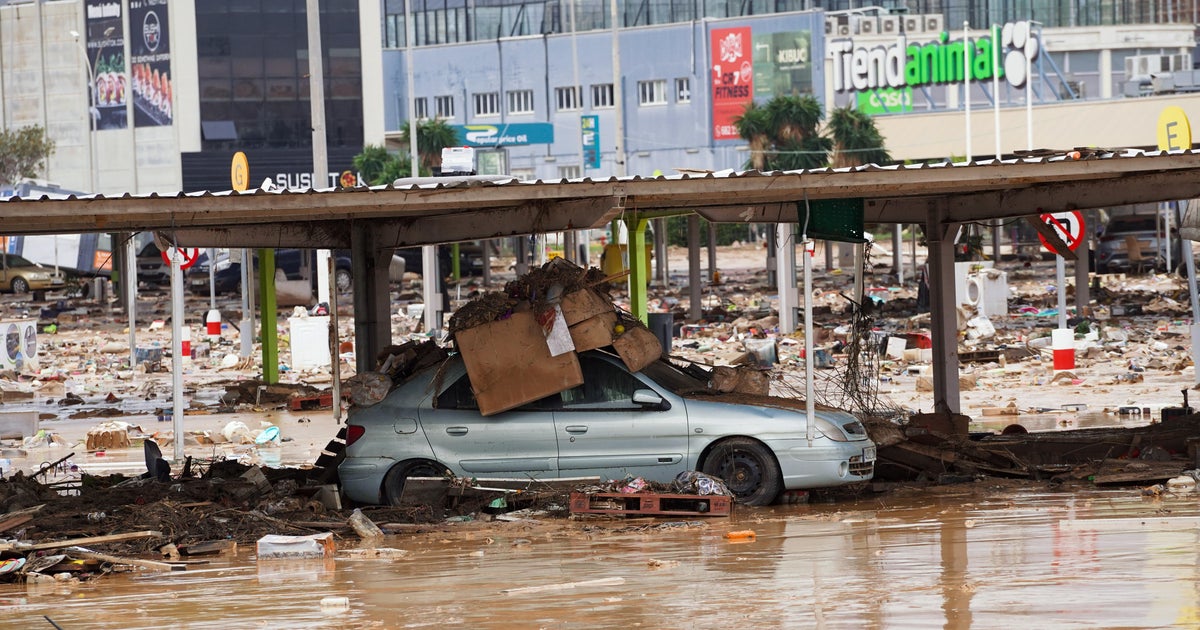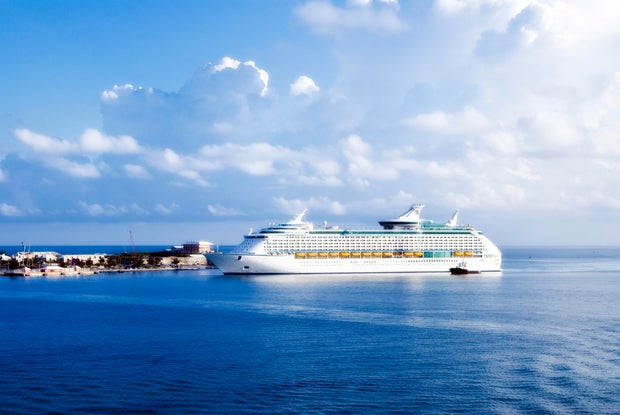CBS News
Greenland’s ice sheet melting faster than scientists previously estimated, study finds

Greenland’s ice sheet is melting faster than scientists previously estimated, according to a study released Wednesday in the journal Nature, with the loss believed to be 20% worse than previously reported.
Since 1985, Greenland’s ice sheet has lost approximately 5,091 square kilometers of ice researchers found using satellite imagery. Scientists said earlier estimates did not track melting at the edges of the ice sheets, known as calving, which measures ice breaking off at the terminus of a glacier.
Greenland’s ice sheet loses about 193 square kilometers of ice per year, researchers found.
Study co-author Chad Greene and his colleagues said they qualified the extent of calving, which increased the scope of ice mass lost.
They combined “236,328 observations of glacier terminus positions” compiled from various public data sets to capture monthly ice melt. Their measurements found that between 1985 and 2022, almost every glacier in Greenland experienced some level of loss.
Scientists found that seasonal variability of glaciers could be a predictor of long-term loss of ice mass, with notable differences in melting during the summer and winter. The study found that during the summer, ocean warming and influxes of meltwater raise ice melting rates and can alter the thickness of the glacial ice. During the winter months, “a melange of sea ice and icebergs” can modify the glacial melt rate.
Researchers in the study noted that “this retreat does not appear to substantially contribute to sea level rise” because most of the glacier margins the scientists measured were already underwater. The loss, however, may play a part in ocean circulation patterns, and how heat energy is distributed across the planet.
However, scientists have previously found the Greenland ice sheet is the second-largest contributor to sea level rise. In an earlier study, scientists found that a single sheet melting was responsible for more than 17% of sea level rise between 2006 and 2018.
Glaciers and ice sheets melt faster than they can gather new snow and ice as global temperatures increase — particularly in the oceans, which absorb 90% of warming on the planet. Having both warmer air and warmer ocean water amplifies the loss of ice.
— Li Cohen contributed to this report.
CBS News
Winds still driving Mountain Fire that’s destroyed hundreds of homes in Southern California

Watch CBS News
Be the first to know
Get browser notifications for breaking news, live events, and exclusive reporting.
CBS News
Kindness 101: Celebrating individuality with a young green hero

Watch CBS News
Be the first to know
Get browser notifications for breaking news, live events, and exclusive reporting.
CBS News
Royal Caribbean cruise ship rocked by rough weather, images show damage

Bad weather rocked a Royal Caribbean Crusies ship near Spain on Thursday night, causing damage aboard the vessel and requiring the ship to make an unexpected stop to allow a guest to medically disembark.
The Explorer of the Seas was traveling from Barcelona, Spain to Miami, Florida, according to CruiseMapper, a website that shows the position and routes of cruise ships.
John Greim/LightRocket via Getty Images
The vessel was near Tenerife, the largest of Spain’s Canary Islands, when it was hit by an “unexpected wind gust,” Royal Caribbean Cruises said in a statement.
The wind caused the ship to experience “sudden movement,” the cruise line said.
Jonathan Parrish
One person aboard the ship described the movement to CBS News as a “listing,” which means the vessel is tilted to one side. Photos show items knocked down, shattered bottles in a bar area, and other mild damage from the incident.
Jonathan Parrish
The cruise line said one passenger was injured and “requires additional medical care.” The ship is making a stop in Las Palmas, Spain, for a medical disembarkation. The cruise line did not offer any additional information about the unidentified passenger’s condition.
The Explorer of the Seas is a 1,020-foot vessel that can hold up to 4,290 guests and 1,185 crew members, according to an Royal Caribbiean Cruises fact sheet. It includes an ice skating rink, a mini-golf course and a rock climbing wall on its fifteen passenger decks. It is registered in the Bahamas and has been sailing since 2000.










